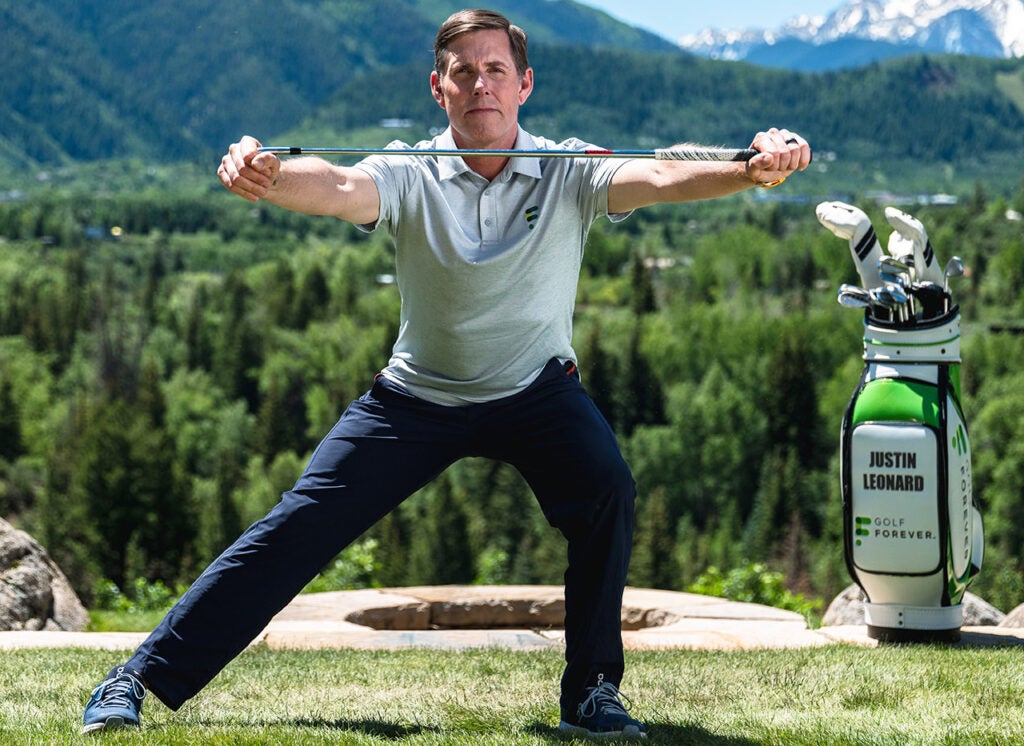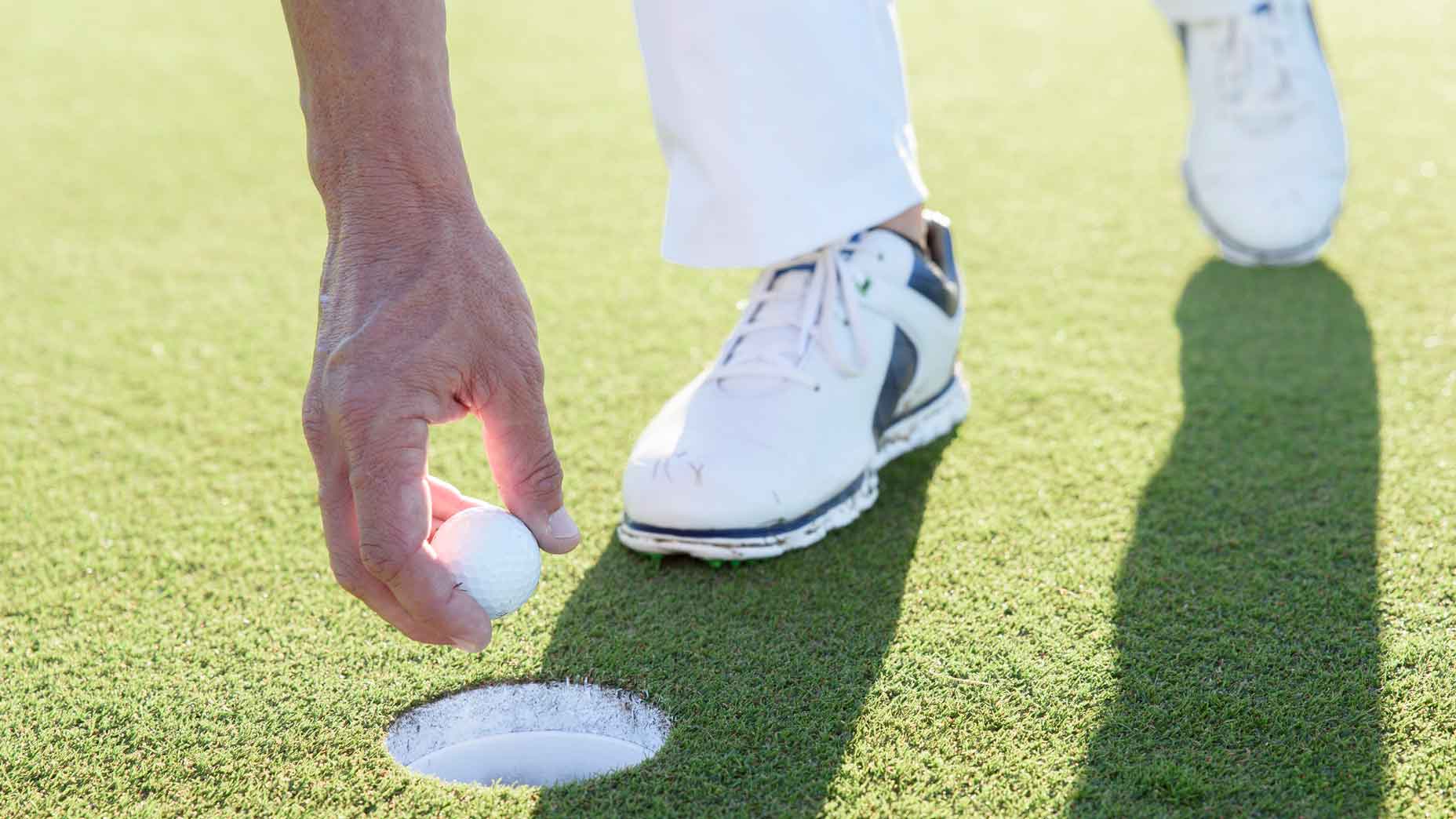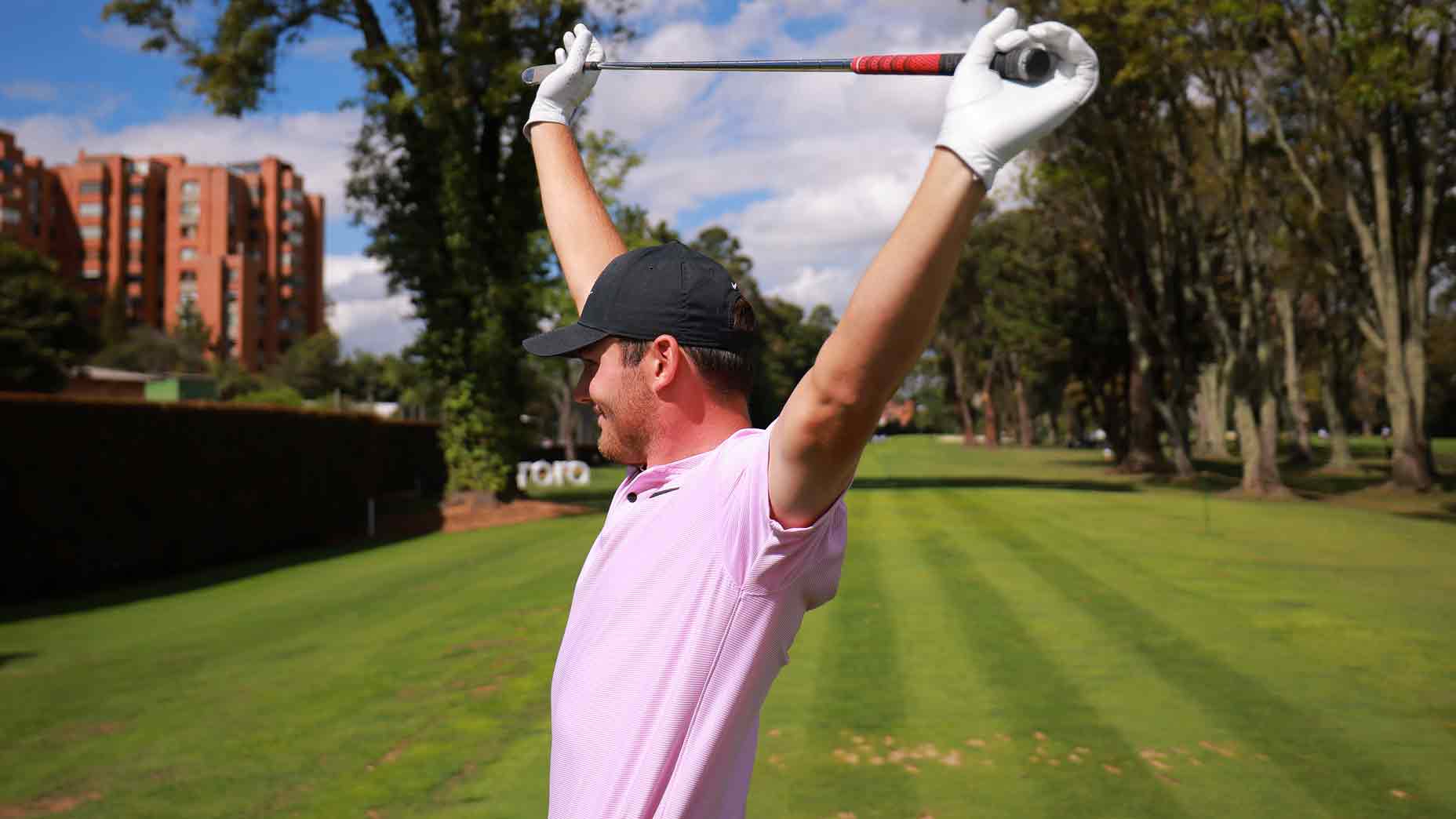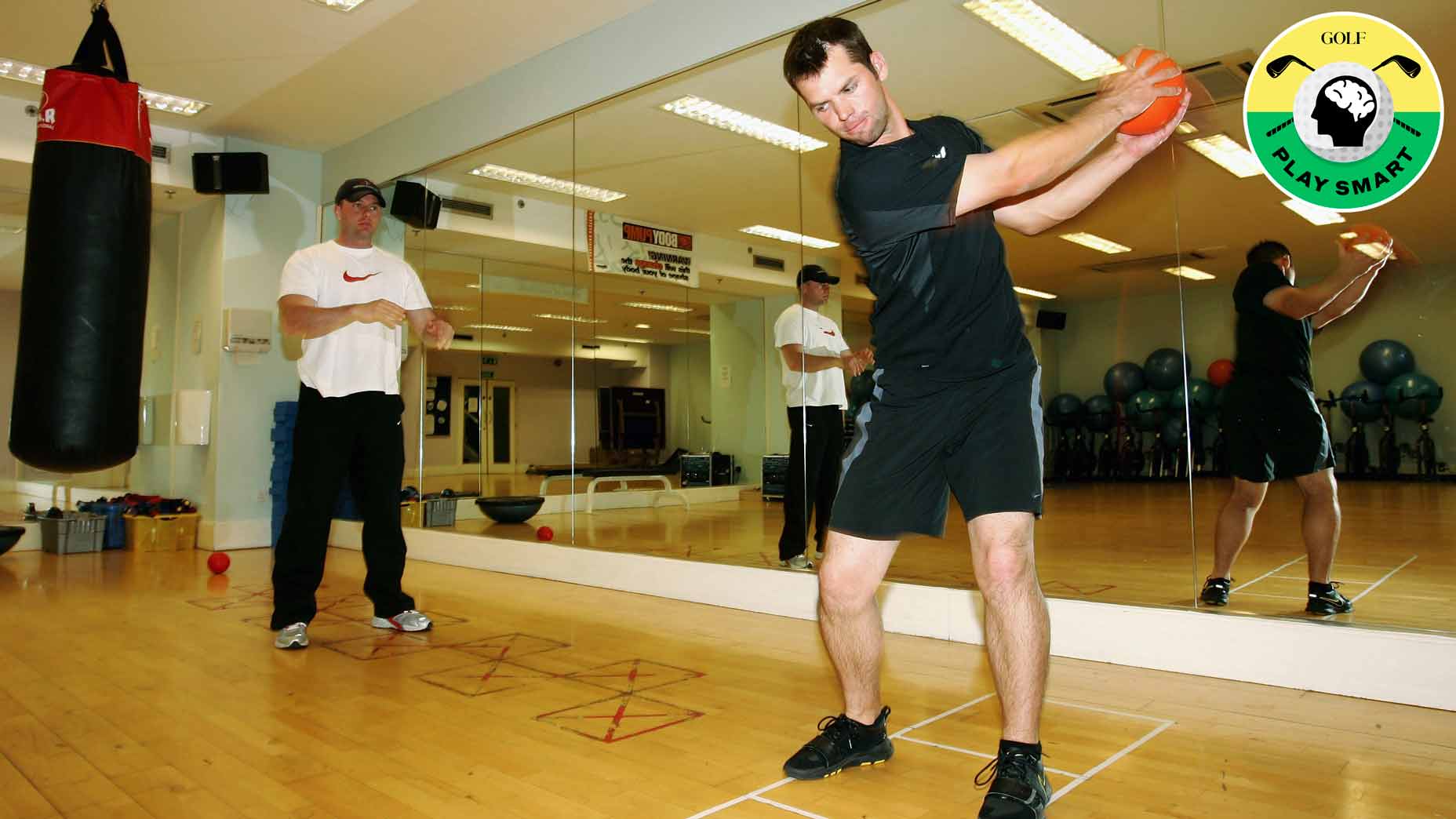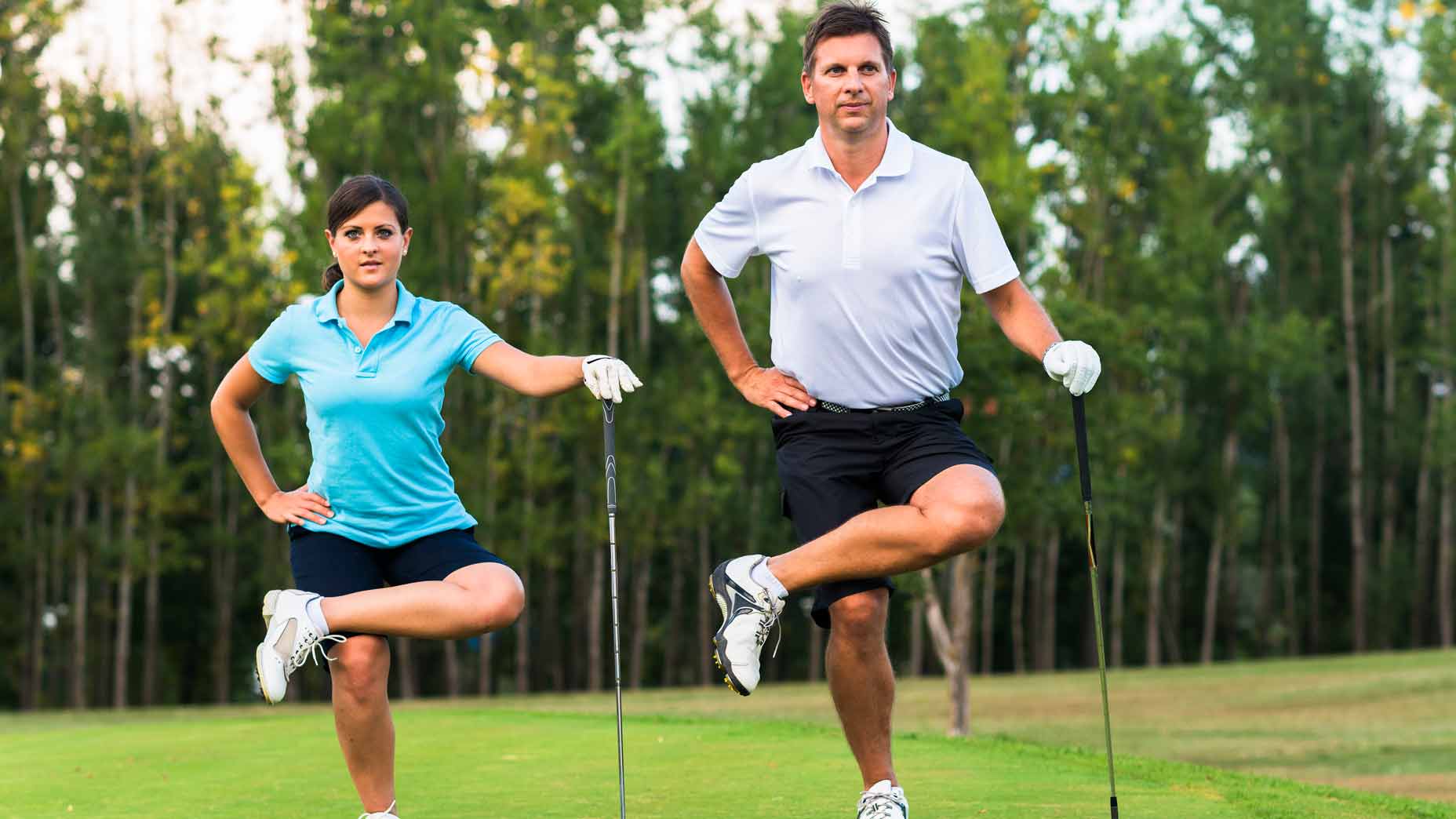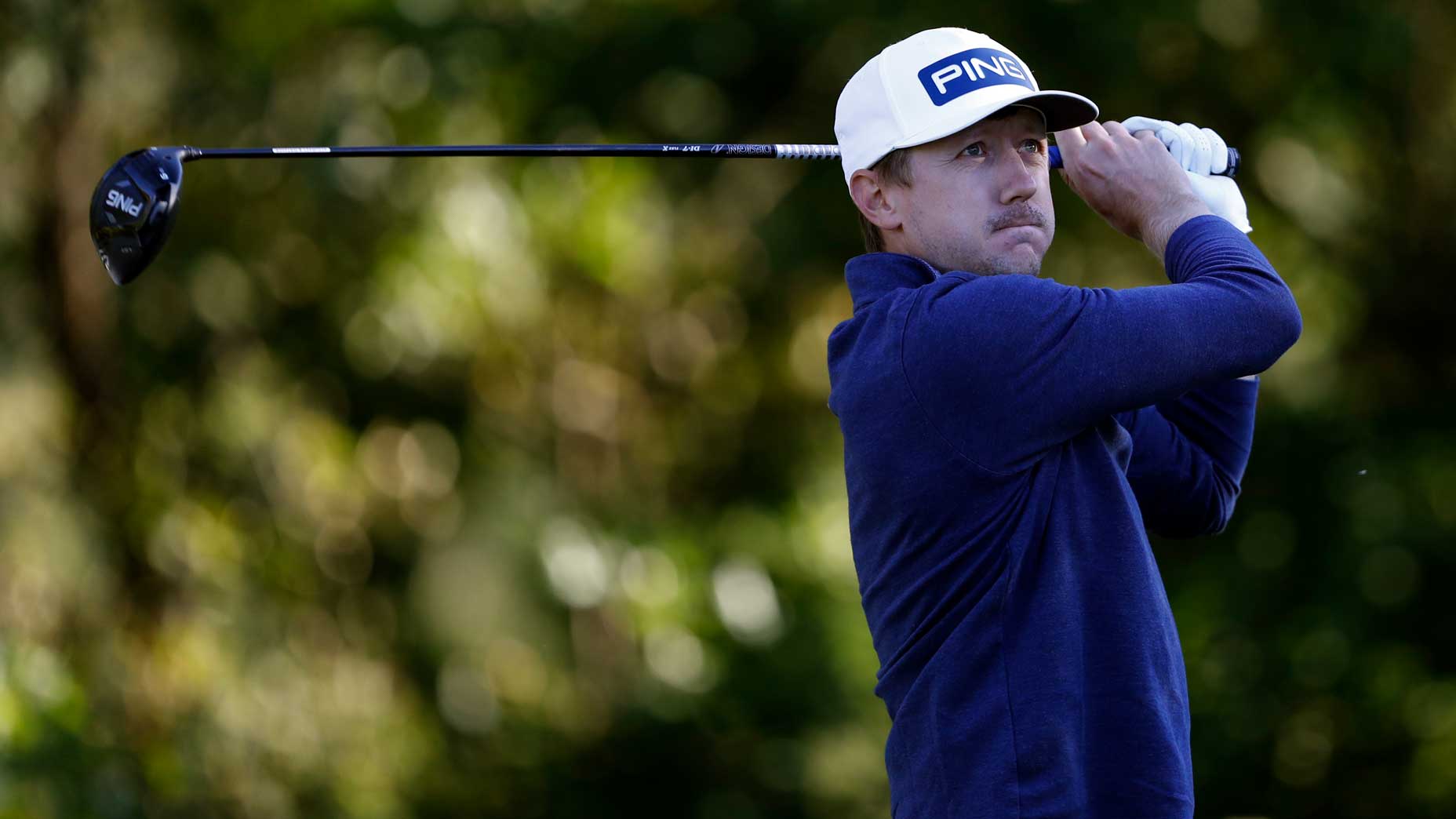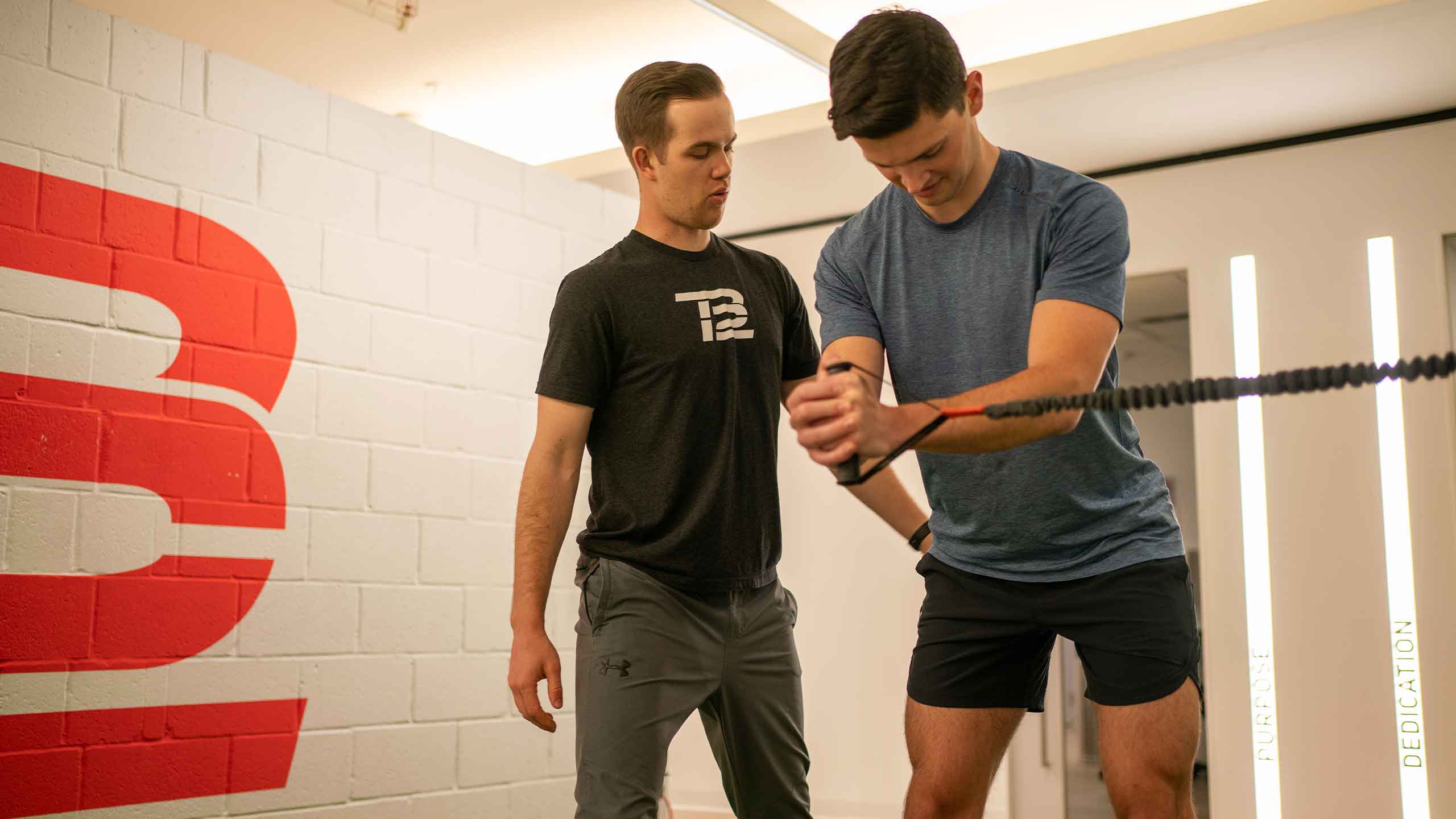3 essential steps to prevent lower back injuries

Lower back injuries are common among golfers.
Getty Images
This article was published in partnership with GolfForever.
***
You don’t need to look very far in golf to understand that back injuries are pretty common among golfers.
Tiger Woods’ name instantly pops into my mind when I think golf and back injuries, but other big names like Rory McIlroy and Bryson DeChambeau have also dealt with back injuries at one point in their careers.
All of this to say, back injuries are common among golfers.
We spoke to Dr. Jeremy James, DC, CSCS and co-founder of GolfForever to find out why back injuries are so common among golfers and what you can do to prevent them.
Right now, our readers can take advantage of an exclusive deal and $51 off a one-year subscription to GolfForever’s fitness program to help you get in golf shape in time for the start of the season.
12-month GolfForever subscription
Why back injuries occur
According to Dr. James, back injuries are typically caused by repetitive asymmetrical twisting movements a la the golf swing. The violent repetitive motion combined with whatever genetic predispositions to injury you may have is a recipe for injury.
How you workout also plays a role in creating imbalances in your body. “Most golfer like to do exercises they like and avoid what they don’t like,” Dr. James says. “This creates imbalances that are exacerbated by the asymmetrical motion of the golf swing.”
Just because back injuries, particularly lower back injuries, are common in golfers doesn’t mean you have to suffer through one. So how do you prevent a lower back injury?
3 steps to prevent lower back injuries
1. Develop as much mobility as you can
It can’t be overstated how important good mobility is for the golf swing, but mobility of your thoracic spine and shoulders is essential for preventing lower back injuries.
As Dr. James explains, the more mobility you have in your upper back and shoulders, the better you’ll be able to turn in your golf swing.
If you think about the golf swing, you need to rotate your upper body to get the club to the top of your swing and then unwind through the downswing. If you have limited mobility, your upper body can’t turn as much and you end up using your lower back to rotate back and through your swing. This puts unnecessary stress on your lumbar spine, and can lead to injury over time.
2. Develop core strength endurance
Having a six pack is nice, but a strong core is far more important to your golf swing than it is for aesthetics. “You need core strength in the golf swing, but you also need core strength endurance,” says Dr. James. “Endurance is the ability to sustain a mild contraction over a long period of time.”
This makes sense when you think about how long a round of golf can take and how many times you will swing a club over the course of that round. Having proper core strength endurance will help stabilize your back as you rotate through your swing, protecting your lower back from injury.
How do you develop core strength and core strength endurance? By doing isometric holds of exercises like planks, side planks, and bird dogs (shown below).
3. Wake up your glutes
If you sit all day at your 9-5, you probably have some degree of gluteal amnesia. This happens when your brain loses its connection to a muscle group, in this case with the glutes. This is a problem because your glutes are supposed to be one of the most powerful muscle groups in your body, and are necessary for a powerful golf swing.
Not being able to fire your glutes correctly also puts immense pressure on your lower back and can lead to injury. To wake up your glutes, you’ll need to work on their flexibility and strength. The flexibility will allow you to move well through your swing and the strength will help support and protect your lower back.
Try doing clamshells as shown below to build strength in these important muscles.
Doing a glute stretch, as show below, will also help you improve your flexibility in your hips.
Working on your mobility, core strength, and your brain’s connection to your glutes regularly will have you ready to hit bombs come spring.

